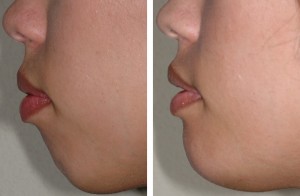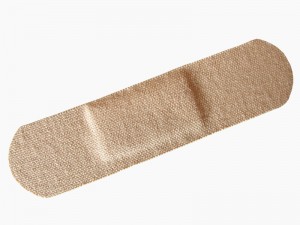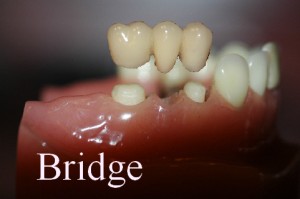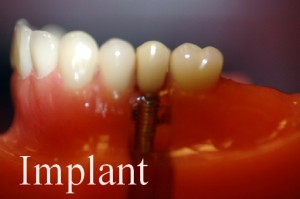Trained and specializing in surgical facial reconstruction and jaw surgery, Oral and Maxillofacial Surgeons (OMFS) are specially and specifically trained in the anatomy and physiology of the facial structures including bone, muscle, nerve and tissue relationships of the face, head and neck. For this reason, an OMFS has vast knowledge and extensive expertise in this defined area of the body.
Maxillofacial Surgery Training
An OMFS earns a degree as a dentist before pursuing four or more years of continued education and residency training in Oral and Maxillofacial Surgery. This pre-residency training also involves tuning the eye to smaller and more minute details, providing him or her with “THE ESTHETIC EYE”. The residency training includes training in Plastic Surgery, Otolaryngology, General Surgery, Internal Medicine and Anesthesiology. In fact, an OMFS is generally trained, more than any other physician, excluding Anesthesiologists, to provide general anesthesia and/or IV sedation, especially in an out-patient setting.
The Cosmetic Connection

Perma Facial Implant for lip augmentation
An OMFS has the ability and training to take the entire face into consideration, from bone structure to tissue quality and exacting placement, when performing a cosmetic procedure. An OMFS’ ability to realign facial structures stems from their residency years which are filled with the treatment of multiple facial fractures and traumatic soft tissue injuries. An OMFS is experienced in “putting back together” tissues and structures, which are deformed in an unnatural way through injury, in a manner that results in the best possible esthetic outcome. Treating the skin is only a part of a more three dimensional perspective in the mind of an OMFS, and specifically for Dr. Weinstein who embraces this concept.
3-Dimensional Consideration
For example; a patient who has undergone tissue augmentation of the cheeks and/or lips without satisfactory results may

chin augmentation
have an underlying skeletal abnormality or even missing teeth causing a sunken or hollow appearance. Correction of this problem can often be achieved surgically through the inside of the mouth, negating the need for any visible external scarring and possibly reducing or eliminating the need for facial tissue augmentation altogether.
Complete Facial Cosmetics
Treating the face, skin and jaws as a whole provides more complete and longer lasting results. An OMFS’s clinical understanding of the dental, skeletal and tissue relationships in facial esthetics, along with the “ESTHETIC EYE”, make him/her an ideal specialist for cosmetic facial surgery.
Dr. Robert A. Weinstein
Dr. Robert Weinstein is an Oral and Maxillofacial Surgeon with over 30 years experience in cosmetic facial surgery as well as peri-oral related surgery such as reconstructive jaw surgery, bone grafting and dental implant surgery. His office boasts state of the art laser equipment which makes it possible to achieve a greater variety of results without invasive surgery. The lasers used in his practice are the top rated and most advanced lasers of their kind. Surgical techniques are minimally invasive, allowing for swift recovery and minimal scarring. Over thirty years of clinical experience combined with rigorous continuing education including orthognathic surgery, facial trauma reconstruction, facial plastic surgery, dental implantology and bone grafting surgery means that when you choose Dr. Robert Weinstein for your facial cosmetic procedure, you are choosing an expert in the field of facial esthetics.





